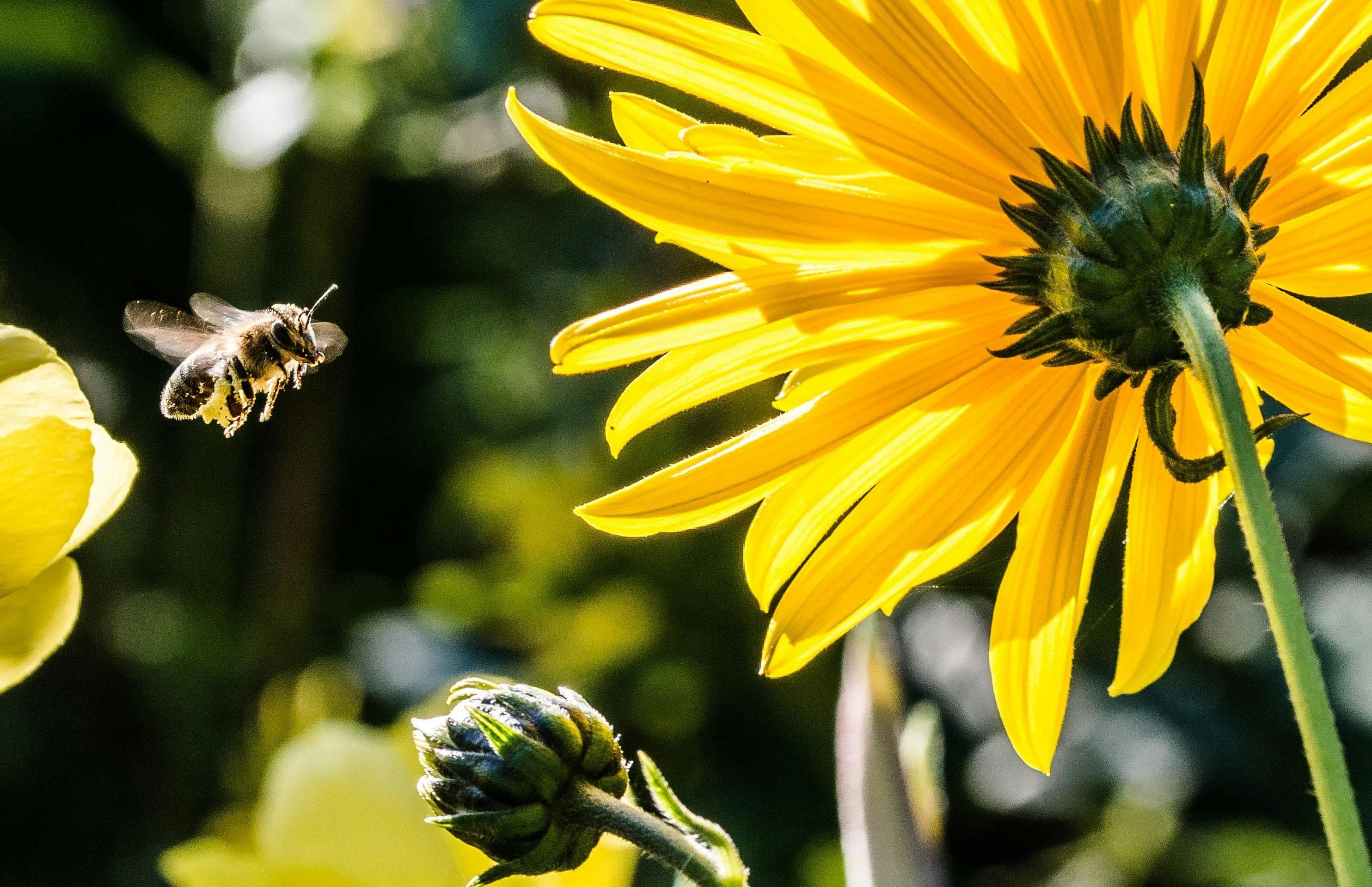New Findings: AI Unveils the Ancient Origins of Flower Colors

February 4, 2024
The following article underwent a rigorous editorial process as per the norms of Science X. Attributes such as fact-checking, peer-reviewing, using trusted sources, and proofreading ensured the credibility of this content.
- Analyzed
- Peer-reviewed publication
- Sourced from reliable places
- Checked for errors
Facilitated by Monash University
The latest findings by Monash University experts unveiled the ancestral connection between bee behavior and the evolution of flower colors, using computational simulations. The research, which was published in Proceedings of the Royal Society B, used simulation technology to re-create the environment of the earliest flowering plants from numerous million years ago in order to test their visibility to pollinators such as bees and birds.
Alan Dorin, the director of NativeBee+Tech Facility and lead author of the study, suggested that much before the first flowers evolved, insects like bees had developed their visual perception to navigate through various environmental elements such as rocks, leaves, and bark.
Dorin asserted that the findings indicated that in order to stand out from their dull surroundings and attract ancient pollinators, the first flowers started evolving with more vibrant colors.
To confirm if current bees had evolved their perception similar to their ancestors, the researchers compared color perception of bees with simulated prehistoric surroundings.
'To recreate the landscapes from the Mesozoic era (between 252 million and 66 million years ago) when the first flowers evolved, we used color spectrum measurements from Australian bushland, traversing from Cairns to Victoria’s southernmost tip, considering Australia is a geologically ancient continent,' clarified Dorin.
The research yielded a strong link, for the first time, between the visual perception of ancient pollinators and contemporary bees and its influence on flower color evolution, Adrian Dyer, Vision Scientist and another research co-author, articulated.
Dyer added, 'We found that bees have similar photoreceptors, precisely UV, blue, and green, like their ancestors. This observation is significant to comprehend why modern flowers often evolved common colors like yellow in their petals, as it caters to bees' perception.'
The results of the study will aid in understanding how modern day plant species are pollinated, and will contribute to smart agriculture research, including further research on efficient crop pollination.
Journal information: Proceedings of the Royal Society B
Content provided by Monash University




